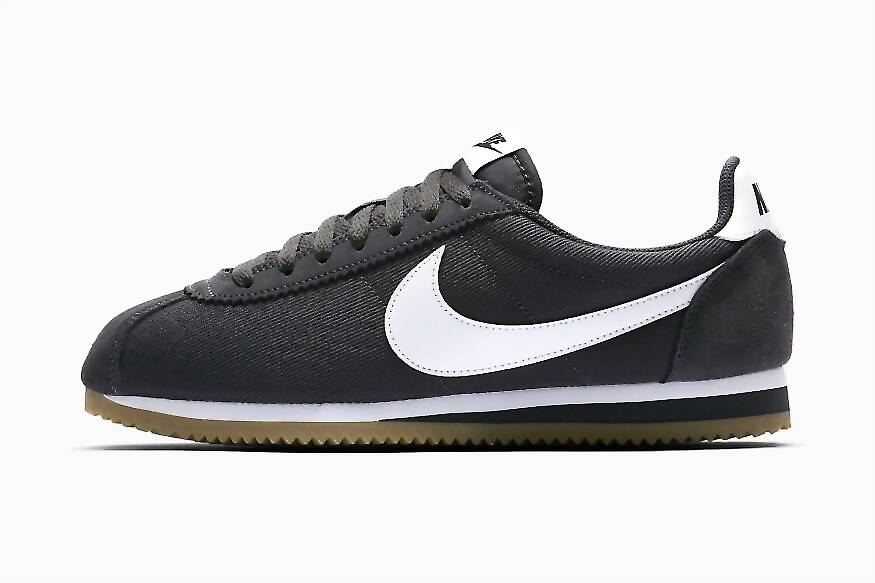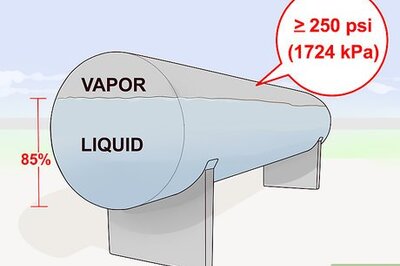
views
Nike is among the world’s most recognizable brands. The “swoosh” logo is as iconic, and commands as high a presence and recall value, as perhaps Apple’s half eaten apple logo, Pepsi’s sphere, the Microsoft four divisions' logo or even the Google logo. As things stand, Nike makes some of the best fitness apparel and footwear that you can spend your money on, today. The focus on technology is intense, be it for footwear materials and design, or the fabric in apparels. But all this didn’t happen in a day. That is exactly what Shoe Dog: Memoir by the creator of Nike, Phil Knight, tries to illustrate. This is a book that takes you through Nike’s journey, as well as the trials and upheavals that Knight and his Nike family had to face during the course.
As it turns out, Shoe Dog book (published by Simon & Schuster India) is unputdownable. It is a mix of genres, and does a fine balancing act as an autobiography, a business book or simply as a non-fiction read. The starting of the journey for Knight, and indeed for Nike, is indeed worthy of a Hollywood flick in itself. Knight decided to go on a world trip, even though the embers of the battle with Japan were still smoldering—many a times in people’s minds, including some in his own family. Knight eventually ended up in Japan, as luck would have it, and one thing led to the other—he got business from Japanese shoe maker Onitsuka, for his company Blue Ribbon which was headquartered in the basement of the family home.
The initial years were run with a constant fear of funding, and that the banks always had the upper hand. Yet, Knight did do everything possible to keep the Onitsuka shoe orders coming in. The chronologically structured book starts in the year 1962, and ends in the late 80’s, with Knight talking about the recent points of discussion that Nike has been in the news for.
The very motivation behind Blue Ribbon, Onitsuka sales and eventually Nike can perhaps be found in this one quote—"I’d been unable to sell encyclopedias, and I’d despised it to boot. I’d been slightly better at selling mutual funds, but I’d felt dead inside. So why was selling shoes so different? Because, I realized, it wasn’t selling. I believed in running. I believed that if people got out and ran a few miles every day, the world would be a better place and I believed these shoes were better to run.”
Jeff Johnson, Blue Ribbon’s first employee, said that his “Onitsuka Tiger shoe seemed to have more upside than Adidas”. They all knew the technology, the fit and the design in a shoe. However, it was Knight’s partner Bill Bowerman, the co-founder, who was obsessed with the technology, materials, design, mid-sole and outsole configurations as well as the fit of any shoe, and was well known for taking shoes apart, and refitting them with modifications—be it materials, construction or design. That never changed, be it harassing Onitsuka to make modifications for the next lot of shipments, or doing his own homework on what worked and what didn’t. His logic was that since the Japanese body structures were significantly different from the Americans, the same shoe in a different size wouldn’t necessarily work. Since he was the coach of the field and track coach at the University of Oregon, he was able to get instant real-world performance results on whether the modifications worked or not. The Nike Cortez, very popular even today, was all Bill Bowerman.

It was in 1971 that things started to really fall into place for the Nike we know today. Onitsuka saw an opportunity to control Blue Ribbon (can be described as an attempt at a hostile takeover), and Knight discovers that the company had separate distribution plans in place. That is when it became important for Knight and his co-founders and team to devise what they called a “divorce”. Knight settled down on the Nike name as suggested by the colleagues. The eventual separation happens after Onitsuka discovered Knight’s Nike line-up of shoes.
What’s a Swoosh? “The sound of someone going past you,” is how the Nike logo is described. In December 1980, Nike went public. Incidentally, this was the same week that Apple also went public. Apple commanded a price of $22 per share. Nike were being told that a price of $20 would be the highest they could command. Knight insisted Nike also sell at $22 per share, since he thought they were as worthy as Apple. The rest, as they say, is history. In 1980, Nike also became the first American shoemaker in 25 years to be allowed to do business in China.
In the end, Knight talks about the vision and the ethics, which is why he retained majority control even after the company went public—so that Nike had a strong voice, one voice and didn’t compromise on the vision.
At the time of writing this, Nike has a market cap of around $128.16 billion, while its nearest rivals including Puma (around $6.42 billion market cap) and Adidas (around $43.69 billion market cap) are following.




















Comments
0 comment